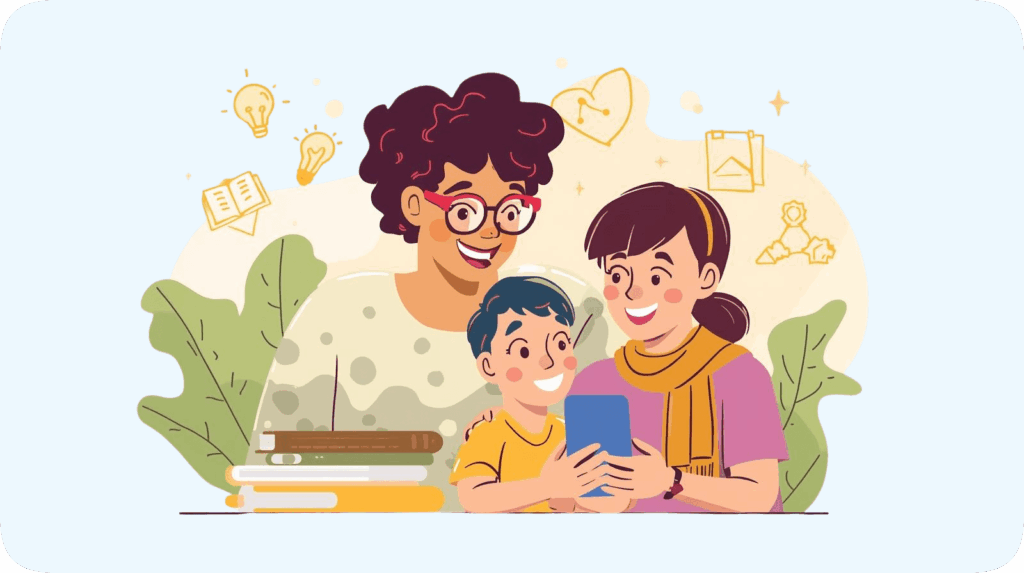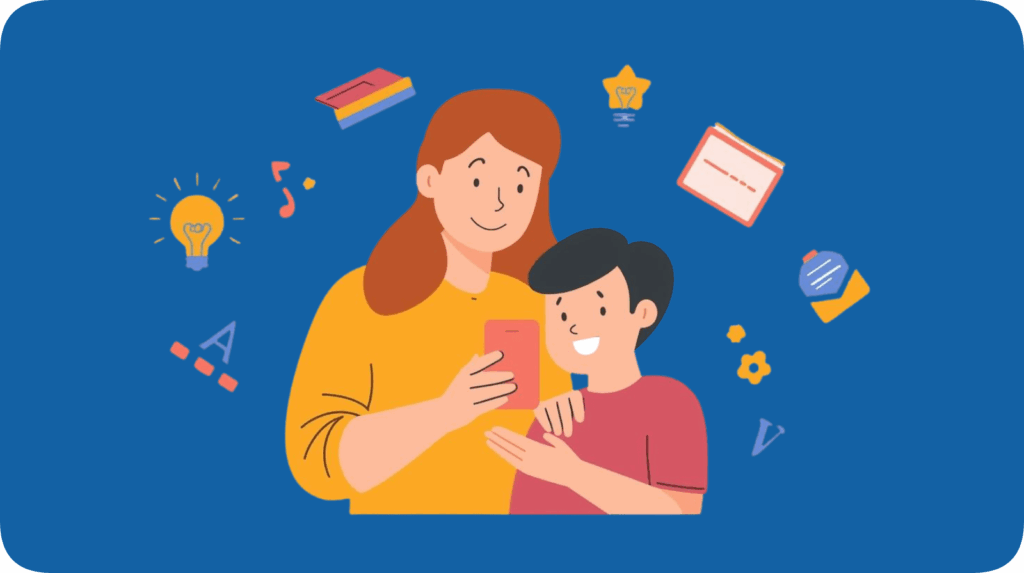Book Appointment Now

10 ways an app for schools transforms teacher-parent communication
- On
- InGuide
If you’ve ever sat through a parents’ evening and thought, “There must be a better way to keep in touch,” you’re not alone. Schools are busy, parents are busy, and somehow the important messages get lost in the middle. An app for schools can change that. Not perfectly, not instantly, but in ways that feel surprisingly practical.
Below are ten ways these apps have started to shift the conversation between teachers and parents. Some points overlap a little, others might feel obvious, but together they add up to something meaningful.
1. Instant messaging without the paper trail
Letters in school bags tend to vanish. An app for schools removes that uncertainty by sending a quick push notification. Parents read it, usually within minutes. Teachers tell me it saves a stack of wasted paper and that low-level anxiety of wondering if anyone actually saw the note.
2. A central hub for updates
Instead of juggling multiple platforms, schools can put everything in one place. News, calendar dates, trip reminders. Personally, I think this is underrated. Having a single teacher communication app reduces clutter, which parents often appreciate more than the flashiest features.
3. More approachable conversations
Some parents hesitate to phone the school, even when they should. A simple feedback feature lowers the barrier. They can complete a short form in the evening and know someone will see it. It’s not a replacement for real conversations but, perhaps, it opens the door to them.

4. Clearer boundaries for teachers
This one might sound counterintuitive. But teacher communication apps often allow schools to set response hours, which helps staff avoid being pulled into endless late-night emails. It’s a digital channel, yes, but with structure. Teachers like that balance.
5. Translating school life
For families who don’t speak English at home, built-in translation tools can make a big difference. I heard from one parent who finally understood homework instructions without needing a neighbour to explain. It felt small, yet it shifted how confident they were in supporting their child.
6. Encouraging student responsibility
It’s not only parents who benefit. Many platforms include features from a smart student app, so pupils themselves can check timetables or assignments. That slight shift – handing responsibility back to the child – can actually reduce friction at home.
7. Faster responses in emergencies
Snow days, sudden closures, last minute changes. A push notification beats a cascade of phone calls every time. Some schools say they can reach 95% of parents in under five minutes. That’s not perfection, but it’s close enough to be genuinely useful.

8. A record of communication
Parents forget. Teachers forget. With an app for schools, there’s a log of what was sent and when. That transparency, while not glamorous, avoids so many misunderstandings. It’s a safety net.
9. Building a school community
It sounds abstract, yet small updates – photos from class, a reminder about the school fair – add up to a sense of being included. I think people underestimate how much parents value simply knowing what’s happening day to day. In that sense, teacher communication apps become less about logistics and more about belonging.
10. Preparing for the future
Education technology isn’t static. Features evolve, often blending what once belonged in a smart student app into broader school platforms. By starting now, schools get parents and teachers comfortable with digital communication before it becomes the absolute norm.
Final thoughts
No single app for schools will magically fix every gap between parents and teachers. Communication is still messy, still human. But these tools nudge things in the right direction: quicker, clearer, a bit more consistent. And perhaps that’s enough.
Newsletter Updates
Enter your email address below and subscribe to our newsletter



